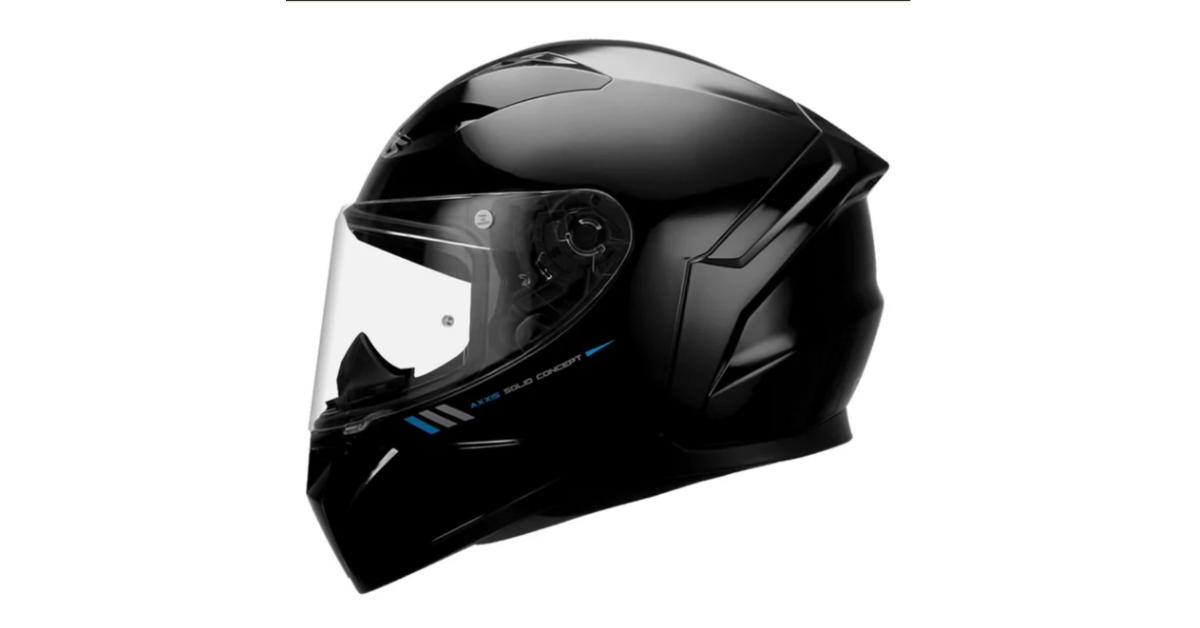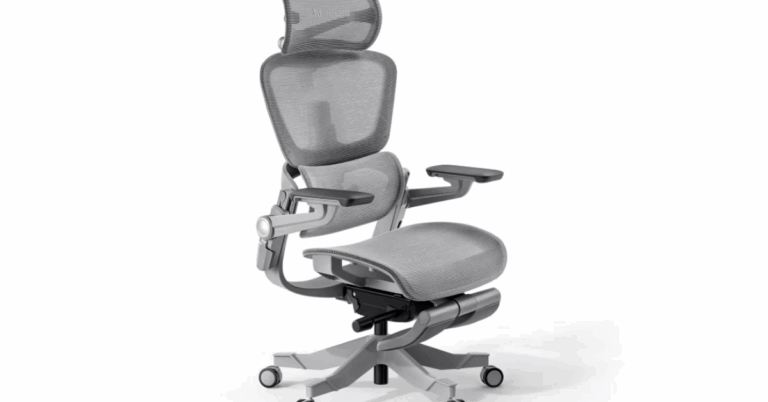The Best Helmet: A Comprehensive Guide to Safety, Comfort, and Performance
A helmet is one of the most critical pieces of safety gear for anyone involved in activities like biking, motorcycling, skateboarding, or even certain outdoor sports. The right helmet not only protects you from head injuries in case of an accident but also enhances your overall experience. In this article, we will explore the factors that make a helmet the best choice for your needs, the types of Best Helmet available, and what you should look for when purchasing one. We’ll also answer some frequently asked questions to provide a well-rounded understanding of helmets.
1. Why is Wearing a Helmet Important?
The primary purpose of a helmet is to protect your head from injury. The human skull is a delicate structure, and any impact to the head can cause severe damage, including brain trauma, concussions, or even fatal injuries. Helmets are designed to absorb the shock of an impact, reducing the force transferred to your skull and brain.
Aside from the obvious protection against head injuries, helmets also help:
-
Minimize the risk of skull fractures and concussions: In sports like cycling or motorcycling, a helmet can dramatically reduce the chances of these serious injuries.
-
Provide visibility: Many helmets are equipped with reflective materials, bright colors, or even lights that make you more visible to others.
-
Improve aerodynamics: In sports like cycling or racing, a helmet can help reduce air resistance, leading to better performance.
-
Increase comfort: Helmets often have ventilation systems that keep your head cool and dry, even on hot days.
2. What Makes a Helmet the Best?
A good helmet is not just about protection; it’s about striking the right balance between safety, comfort, durability, and fit. Here’s what to consider when selecting the best helmet for your needs:
a) Safety Standards
The safety of a helmet is paramount. Helmets are designed to meet specific safety standards, which vary depending on the type of activity. These standards ensure that the helmet provides sufficient protection during an impact.
Some common safety certifications include:
-
DOT (Department of Transportation): For motorcycle helmets in the United States. Helmets with this certification meet safety requirements for impact, penetration, and retention.
-
SNELL: A non-profit organization that sets more stringent helmet safety standards, typically found in high-performance helmets.
-
ECE (Economic Commission for Europe): A standard used in Europe that tests a helmet’s performance in terms of energy absorption, ventilation, and chin strap strength.
-
CPSC (Consumer Product Safety Commission): For bicycle helmets in the United States, ensuring they are suitable for cycling-related impacts.
b) Fit and Comfort
The best helmet should fit snugly without being uncomfortable. A helmet that’s too tight can cause pain, while one that’s too loose might not offer the necessary protection.
When purchasing a helmet, consider these factors:
-
Size: Helmets come in various sizes, so it’s crucial to measure your head circumference to determine the correct fit. Many helmets have adjustable straps and padding for a customizable fit.
-
Padding and Liner: The inner padding should be soft and comfortable while providing enough cushioning to protect against impact. Many high-quality helmets come with removable and washable liners for easy maintenance.
-
Ventilation: Look for helmets with adequate ventilation to keep your head cool during prolonged use. Well-ventilated helmets reduce sweating and discomfort, especially in hot weather.
-
Weight: A lightweight helmet reduces neck strain during long rides. However, the material and construction should still meet safety standards.
c) Material and Durability
The material of the helmet affects its durability, weight, and impact absorption. Most helmets are made from a combination of:
-
Outer Shell: Usually made from hard materials like polycarbonate or fiberglass, the outer shell is designed to resist penetration during an impact.
-
Inner Foam: The foam inside the helmet absorbs impact energy and helps protect your head from severe injury. The best helmets often use expanded polystyrene (EPS) foam.
-
Chin Strap: The chin strap should be sturdy and adjustable to ensure the helmet stays in place. It should be comfortable and easy to fasten and unfasten.
d) Style and Design
While safety should always be your first priority, you’ll also want a helmet that looks good. Aesthetics are a personal preference, and many helmets come in a variety of colors, patterns, and designs. Some helmets even feature aerodynamic shapes to reduce wind resistance, which is particularly useful for cyclists and motorcyclists.
e) Price
Helmets come in a wide price range, depending on the brand, materials, and features. Higher-priced helmets tend to offer better materials, advanced technology, and extra comfort features. However, it’s important to remember that price doesn’t always equal better safety. Even budget-friendly helmets can provide excellent protection if they meet safety standards.
3. Types of Helmets
Different activities require different types of helmets. Here are some common categories:
a) Bicycle Helmets
Bicycle helmets are lightweight and designed to protect against impacts at moderate speeds. They typically feature a lot of ventilation to keep cyclists cool, and some are designed with an aerodynamic shape for competitive cyclists.
b) Motorcycle Helmets
Motorcycle helmets are heavier and more protective, designed to handle high-speed impacts. There are several types of motorcycle helmets, including:
-
Full-Face Helmets: Offer maximum protection for the head, face, and chin, ideal for riders on high-speed motorcycles.
-
Modular Helmets: Also known as flip-up helmets, these offer a combination of full-face protection and the convenience of an open-face helmet.
-
Open-Face Helmets: Provide less protection compared to full-face helmets but are a popular choice for riders who prioritize comfort and visibility.
c) Skateboarding Helmets
Skateboarding helmets are designed for high-impact sports with a focus on protecting against head injuries during falls. They are typically made of hard plastic with an inner foam lining to absorb impact.
d) Snow Sports Helmets
Snow helmets are designed to protect against cold temperatures and impacts during activities like skiing or snowboarding. They are often equipped with extra padding, moisture-wicking liners, and ear protection.
e) Equestrian Helmets
Designed for horseback riders, equestrian helmets are lightweight yet durable. They are specifically shaped to protect the rider’s head during falls from a horse, offering adequate ventilation and comfort.
4. Maintaining Your Helmet
To ensure your helmet continues to provide optimal protection, it’s important to maintain it properly:
-
Clean Regularly: Helmets should be cleaned regularly to prevent the buildup of dirt, sweat, and bacteria. Use mild soap and water for cleaning.
-
Check for Damage: If your helmet has been involved in an impact, it’s crucial to replace it. Even if there are no visible cracks, the internal structure may be compromised.
-
Storage: Store your helmet in a cool, dry place, away from direct sunlight and extreme temperatures. Avoid hanging it from the chin strap, as this can damage the straps over time.
Frequently Asked Questions (FAQ)
1. How long should a helmet last?
Most helmets have a lifespan of about 3-5 years, depending on the usage and maintenance. Helmets used in extreme conditions or involved in accidents should be replaced sooner.
2. Can I use a second-hand helmet?
It’s not recommended to use a second-hand helmet unless you know its history. Helmets involved in an accident may have internal damage, even if the outer shell appears intact.
3. Do all helmets meet safety standards?
Not all helmets meet the same safety standards. Always check the helmet’s certification (such as DOT, SNELL, or ECE) to ensure it meets industry standards.
4. Is it safe to buy a cheap helmet?
While price isn’t always an indicator of quality, it’s essential to buy a helmet that meets safety standards. Cheaper helmets might lack certain safety features, so make sure to check for certifications.
5. How do I know if my helmet fits properly?
A well-fitting helmet should be snug but not uncomfortable. It should stay in place when you shake your head and cover your forehead without causing pressure points.
6. What should I do if my helmet gets damaged?
If your helmet has been involved in an accident or shows signs of damage (cracks, dents, etc.), replace it immediately. Even minor damage can compromise its effectiveness.
Conclusion
Choosing the best helmet is not a one-size-fits-all decision. Whether you’re cycling, motorcycling, skateboarding, or skiing, the helmet you choose should provide optimal safety, comfort, and performance for your specific needs. Always prioritize safety standards, fit, and material quality, and don’t be swayed by fancy designs or low prices if they compromise on protection. By keeping these factors in mind, you can ensure you select the best helmet to keep you safe while enjoying your favorite activities.






